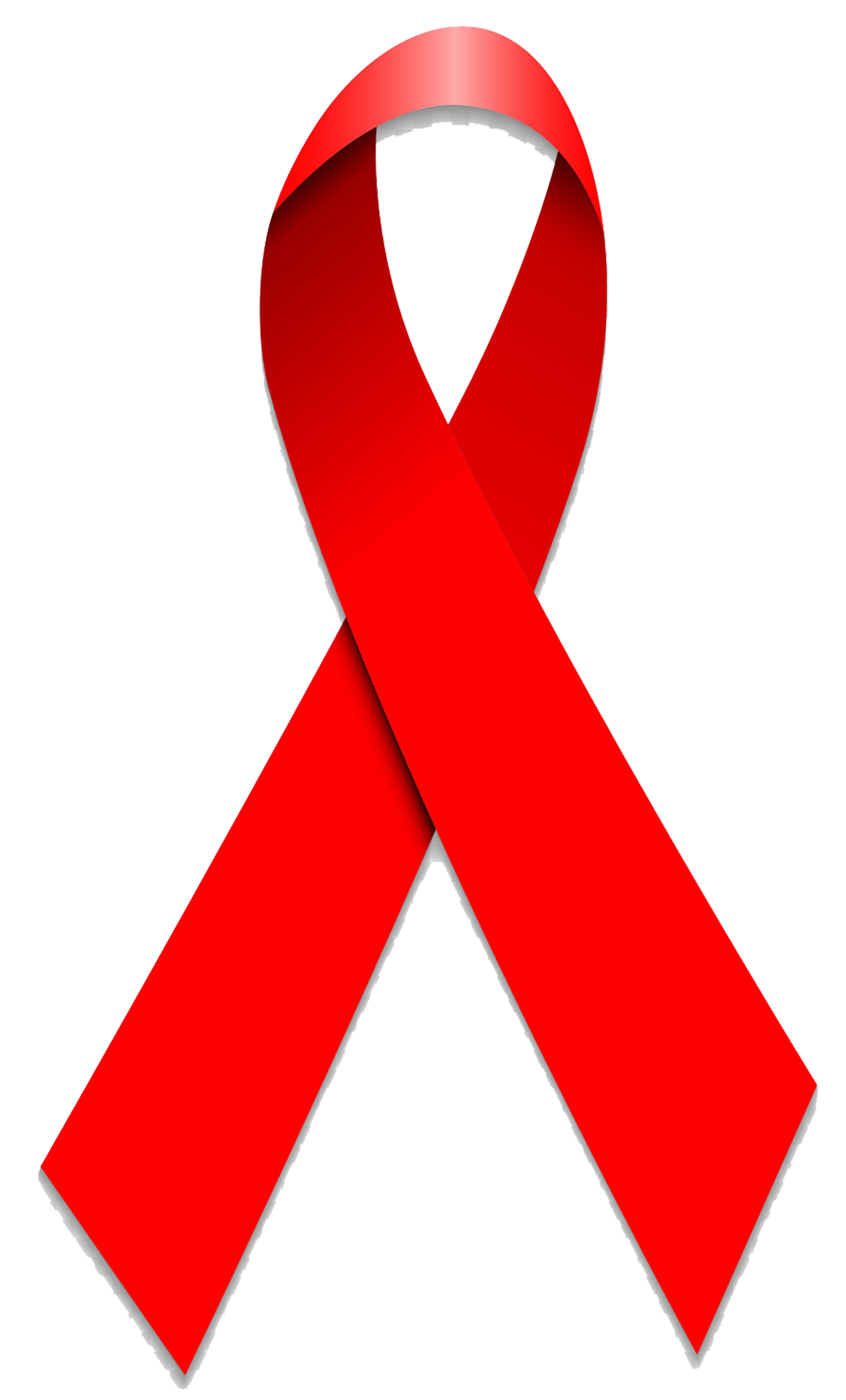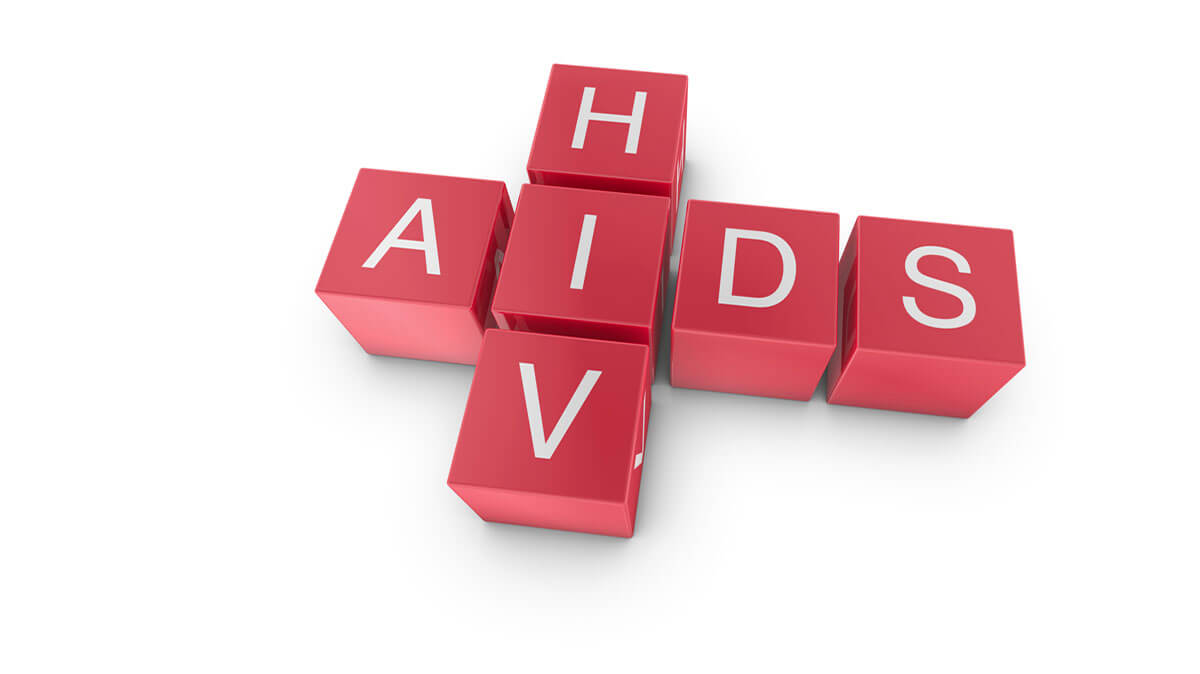Aids | Hiv is caused by a virus. There's no cure for hiv/aids, but medications can dramatically slow the progression of the disease. Hiv is a lentivirus (literally meaning "slow virus"; In the absence of specific treatment, around half of people infected with hiv develop aids within ten years. Without medication, it may take years before hiv weakens your immune system to the point that you have aids.
In the absence of specific treatment, around half of people infected with hiv develop aids within ten years. Most people who are living with hiv do not have aids. Feb 13, 2020 · hiv is a sexually transmitted infection (sti). Treatment side effects can include: Feb 23, 2021 · in may 1983, amid the rapidly escalating aids crisis, a doctor at the national institutes of health (nih) promoted a stunning theory about the newly encountered disease in the journal of the american medical association (jama).noting that the same issue of the journal contained an article documenting one of the first cases of the immunodeficiency disease's appearance in an infant, the author.

May 11, 2016 · a timeline of hiv and aids. Aids is the late stage of hiv infection that occurs when the body's immune system is badly damaged because of the virus. Treatment side effects can include: Signs and symptoms the symptoms of hiv vary depending on the stage of infection. But with proper medical care, hiv can be controlled. As the virus continues to multiply and destroy your immune cells — the cells in your body that help fight off germs — you may develop mild infections or chronic signs and symptoms such as: The most common initial conditions that alert to the presence of aids are pneumocystis. The hiv.gov timeline reflects the history of the domestic hiv/aids epidemic from the first reported cases in 1981 to the present—where advances in hiv prevention, care, and treatment offer hope for a long, healthy life to people who are living with, or at risk for, hiv and aids. Jun 23, 2020 · aids is the most advanced stage of infection caused by hiv. Feb 23, 2021 · in may 1983, amid the rapidly escalating aids crisis, a doctor at the national institutes of health (nih) promoted a stunning theory about the newly encountered disease in the journal of the american medical association (jama).noting that the same issue of the journal contained an article documenting one of the first cases of the immunodeficiency disease's appearance in an infant, the author. There is currently no effective cure. If hiv is not treated, it can lead to aids (acquired immunodeficiency syndrome). Aids, byname and acronym of acquired immunodeficiency syndrome, transmissible disease of the immune system caused by the human immunodeficiency virus ( hiv ).
Treatment side effects can include: A person with hiv is considered to have progressed to aids when: Aids, byname and acronym of acquired immunodeficiency syndrome, transmissible disease of the immune system caused by the human immunodeficiency virus ( hiv ). Download and share this timeline. In the u.s., most people with hiv do not develop aids because taking hiv medicine every day as prescribed stops the progression of the disease.

Treatment side effects can include: Signs and symptoms the symptoms of hiv vary depending on the stage of infection. As the virus continues to multiply and destroy your immune cells — the cells in your body that help fight off germs — you may develop mild infections or chronic signs and symptoms such as: And most people with hiv will not develop aids if they start treatment (with medicines called antiretroviral therapy or art) soon after becoming. Without medication, it may take years before hiv weakens your immune system to the point that you have aids. Aids is the late stage of hiv infection that occurs when the body's immune system is badly damaged because of the virus. In the absence of specific treatment, around half of people infected with hiv develop aids within ten years. There is currently no effective cure. Hiv is a lentivirus (literally meaning "slow virus"; Download and share this timeline. Feb 23, 2021 · in may 1983, amid the rapidly escalating aids crisis, a doctor at the national institutes of health (nih) promoted a stunning theory about the newly encountered disease in the journal of the american medical association (jama).noting that the same issue of the journal contained an article documenting one of the first cases of the immunodeficiency disease's appearance in an infant, the author. A person with hiv is considered to have progressed to aids when: The most common initial conditions that alert to the presence of aids are pneumocystis.
Once people get hiv, they have it for life. By damaging your immune system, hiv interferes with your body's. Aids, byname and acronym of acquired immunodeficiency syndrome, transmissible disease of the immune system caused by the human immunodeficiency virus ( hiv ). Signs and symptoms the symptoms of hiv vary depending on the stage of infection. Feb 23, 2021 · in may 1983, amid the rapidly escalating aids crisis, a doctor at the national institutes of health (nih) promoted a stunning theory about the newly encountered disease in the journal of the american medical association (jama).noting that the same issue of the journal contained an article documenting one of the first cases of the immunodeficiency disease's appearance in an infant, the author.

Aids, byname and acronym of acquired immunodeficiency syndrome, transmissible disease of the immune system caused by the human immunodeficiency virus ( hiv ). There's no cure for hiv/aids, but medications can dramatically slow the progression of the disease. The hiv.gov timeline reflects the history of the domestic hiv/aids epidemic from the first reported cases in 1981 to the present—where advances in hiv prevention, care, and treatment offer hope for a long, healthy life to people who are living with, or at risk for, hiv and aids. By damaging your immune system, hiv interferes with your body's. As the virus continues to multiply and destroy your immune cells — the cells in your body that help fight off germs — you may develop mild infections or chronic signs and symptoms such as: Hiv is caused by a virus. Acquired immunodeficiency syndrome (aids) is defined as an hiv infection with either a cd4 + t cell count below 200 cells per µl or the occurrence of specific diseases associated with hiv infection. Signs and symptoms the symptoms of hiv vary depending on the stage of infection. Consult a doctor for medical advice. A member of the retrovirus family) that slowly attacks and destroys the immune system, the body's defense against infection. The most common initial conditions that alert to the presence of aids are pneumocystis. There is currently no effective cure. Download and share this timeline.
Aids: Jun 05, 2020 · what is aids?
0 Tanggapan:
Post a Comment